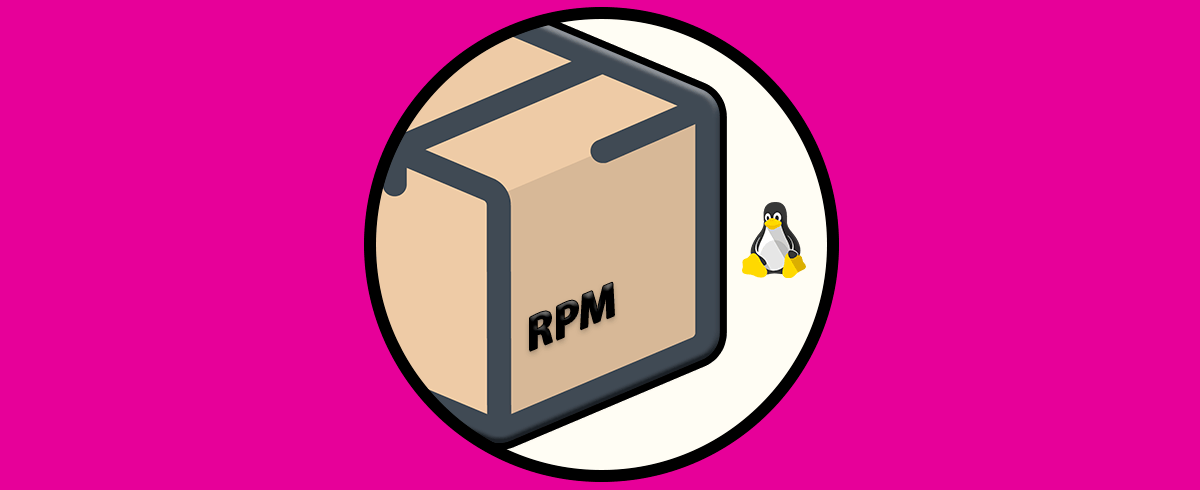This Package Manager is an open packaging system that works on Red Hat Enterprise Linux as well as other Linux and UNIX systems and is available to anyone. Red Hat, Inc. encourages the use of RPM by other vendors for their own products. This is distributed under the terms of the GPL.
This makes system updates easy for the end user. You can install, uninstall, and update RPM packages through short commands. This manager maintains a database of installed packages and their files, and you can do powerful queries and checks on your system. If you prefer a graphical interface, you can use the Package Management Tool to run many RPM commands.
During updates, It carefully handles configuration files so that you never lose your customizations. This allows the developer to take the source code of the software and package it into binary and source packages for end users. This process is quite simple and is controlled from a single file and optional patches created by yourself.
RPM Features
Among the features of RPM would be:
▸Packets can be encrypted and verified with GPG and MD5.
▸Source code files (eg .tar.gz, .tar.bz2) are included in SRPMs, allowing for later verification.
▸PatchRPMs and DeltaRPMs, which are equivalent to patch files, can incrementally update installed RPM packages.
▸Dependencies can be resolved automatically by the package manager.



